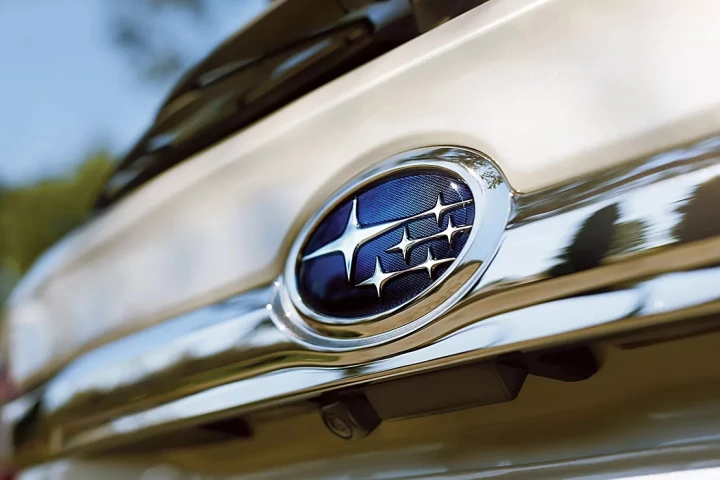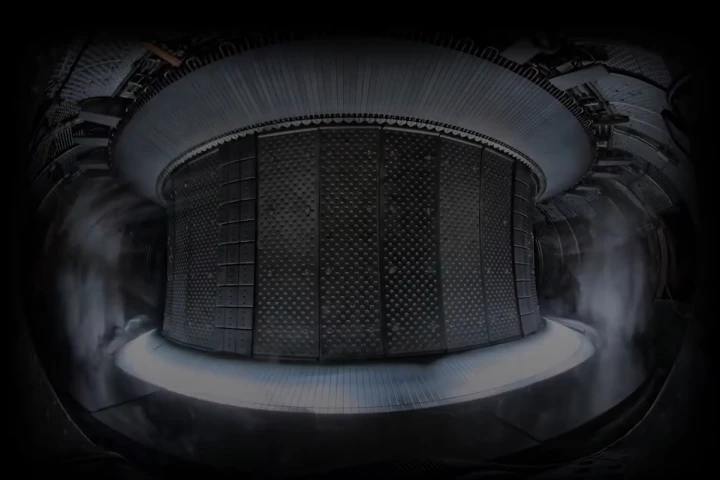Wireless charging systems seem like an easy way to keep electric cars running. You just drive up to a charge point and let the system beam power to your battery without ever having to step out into the cold and rain. However, these systems require high-frequency electromagnetic fields that can interfere with electronics and pose potential health hazards. To keep the hands-free advantages of wireless, yet get rid of the high-frequency fields, physics professor Lorne Whitehead and his team at the University of British Columbia (UBC) have developed an electromechanical vehicle charger that uses “remote magnetic gears” instead of electrical coils.
The UBC system is remarkably simple. The remote magnetic gears are a pair of spinning magnets – one in the charging station and the other in the car. A motor spins the charging station magnet and by simple induction this causes the magnet in the car to spin as well. As the car magnet turns, it generates electricity and charges the battery.
By using magnets, the UBC team is able to deliver 3.3 kilowatts of power from the mains to the vehicle, but it does so at a frequency one hundred times lower than a conventional wireless charger. This eliminates any potentially hazardous fields and does not interfere with nearby electronic devices. The simplicity of the system also means that the vehicle and the charging point don’t need to be exactly aligned to work.

UBC has installed four of the charging stations for use by specially modified campus vans. Test results show that the remote magnetic gears are over 90 percent efficient compared to a cable charge, and deliver a full charge in four hours.
“One of the major challenges of electric vehicles is the need to connect cords and sockets in often cramped conditions and in bad weather,” said David Woodson, Managing Director of UBC Building Operations. “Since we began testing the system, the feedback from drivers has been overwhelmingly positive – all they have to do is park the car and the charging begins automatically.”
Though the technology is currently being used in vehicles, the UBC team sees it as having broader applications for everything from mobile phones to pacemakers.
Source: UBC








